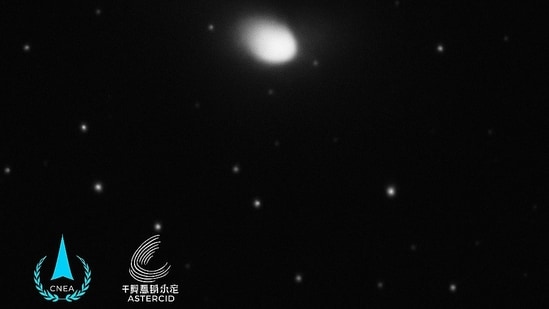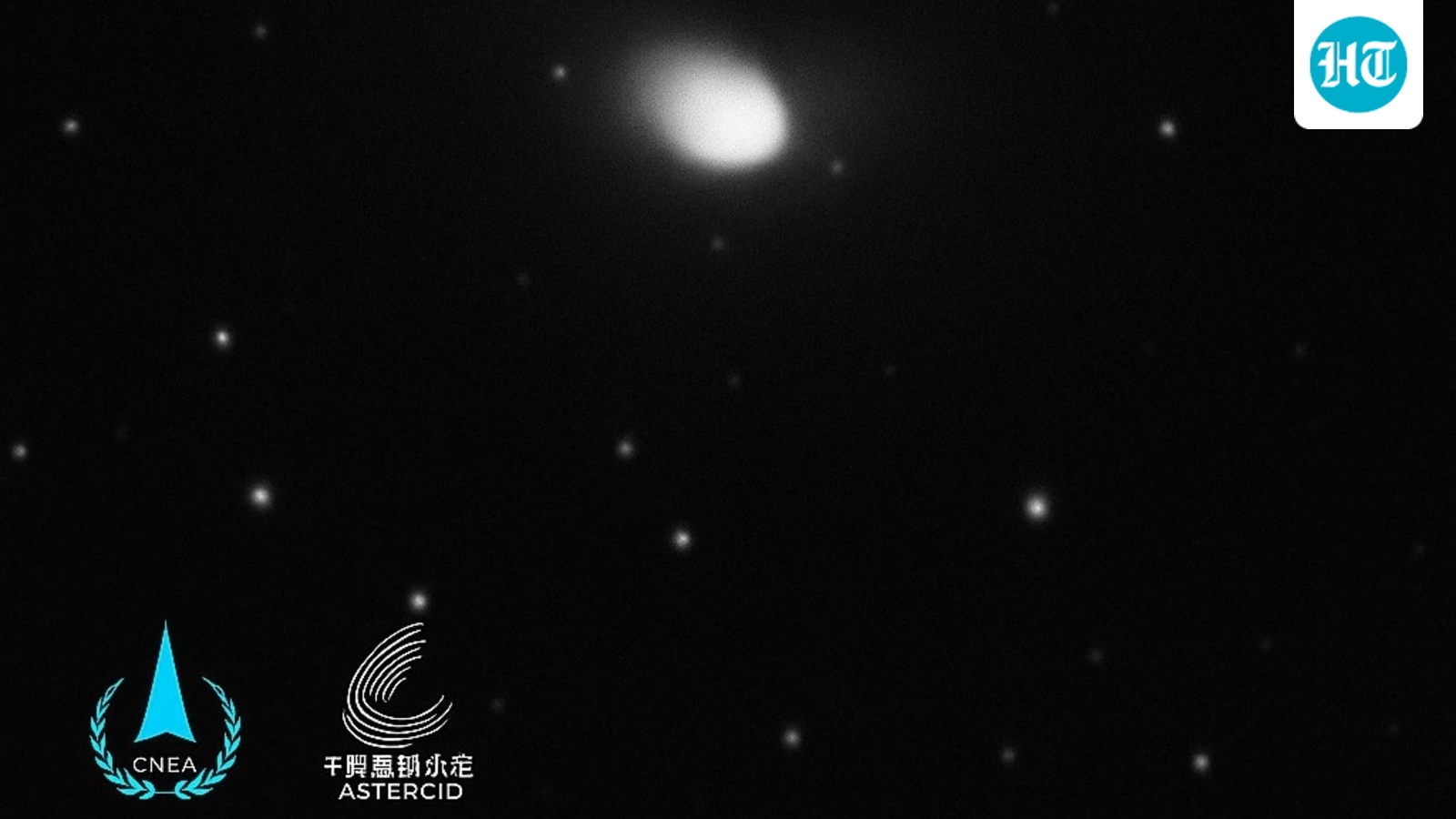The mysterious interstellar object 3I/ATLAS appears to have challenged conventional notions about comets. Recent images taken on November 5 from the R. Naves Observatory in Spain show no visible tail, a hallmark feature of comets after they swing close to the Sun.
 Rare image of interstellar comet 3I/ATLAS near Mars.(X/@Ammar1176708)
Rare image of interstellar comet 3I/ATLAS near Mars.(X/@Ammar1176708)
See More: China’s Tianwen 1 captures rare images of interstellar comet 3I/ATLAS near Mars
Lack of a tail presents a challenge to conventional comet models
Astrophysicists say this lack of a tail presents a challenge to conventional comet models. Under typical solar heating, a comet should produce a massive “coma” of gas and dust that is then blown into a tail over 13 % of its mass, according to calculations published by Harvard’s astrophysicist Avi Loeb on Medium.
He told The New York Post that if 3I/ATLAS continues to show no tail, “it is likely not a naturally-occurring comet.”
He also notes on his Medium page that, “It (3I/ATLAS) exhibits non-gravitational acceleration, which requires massive evaporation of at least 13% of its mass, but preliminary post-perihelion images do not show evidence for it so far.”
In his Medium report, Loeb compares the image of 3I/ATLAS released on Wednesday to the image of the solar system’s comet Lemmon. He notes that the image of Lemmon, taken by the same telescopes that follow 3I/ATLAS, shows a cometary tail facing away from the sun, unlike the mysterious interstellar object.
The additional anomalies 3I/ATLAS displayed so far
The object brightened fivefold after perihelion, turned an odd green hue, and exhibited what is called an “anti-tail” pointing toward the Sun instead of away.
The object follows a hyperbolic trajectory, meaning it comes from outside our Solar System.
Read More: 3I/ATLAS row: 5 big claims Avi Loeb has made about the Manhattan-size comet
What is next?
The best image of 3I/ATLAS is supposed to be the one taken by NASA’s Mars Orbiter’s HiRISE camera. According to the New York Post, the images have not been released as of yet due to the ongoing government shutdown.
The New York Post reported that 3I/ATLAS is currently heading toward Jupiter, which it will pass quite near on March 16, 2026. During this final stage, two orbiters from NASA and the European Space Agency will observe 3I/ATLAS.
On June 14, 2025, it made its initial entry into our solar system.

